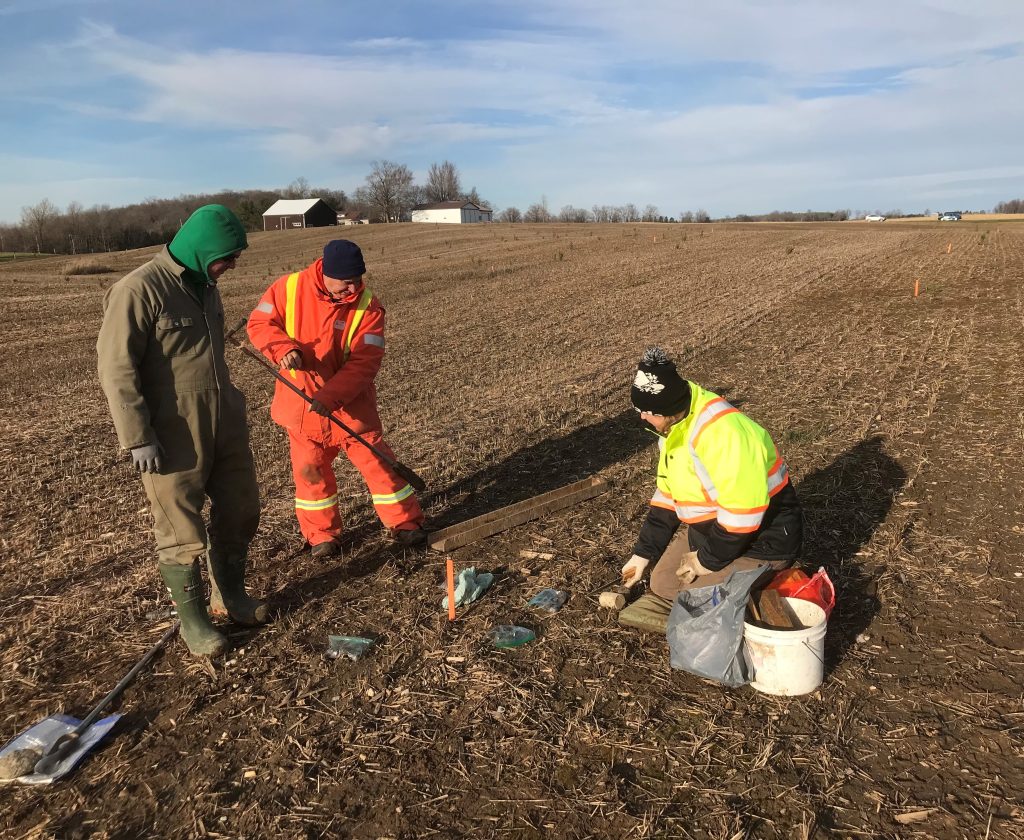HOME PREVIOUS ARTICLE NEXT ARTICLE
Assessing the long-term impacts of conservation tillage in southern Ontario
Prepared by Lilian Schaer for OSCIA
It’s been 30 years since a project called Tillage 2000 took an in-depth look at the impacts of conventional and conservation tillage systems on soil properties, crop productivity, and farm profitability in southern Ontario.
From 1986 to 1990, field-scale, side-by-side tillage system comparisons were established on 38 farms, representing a broad range of soil and topographic conditions and the predominant crop production practices at the time. Field sites were characterized and monitored over the five years of the study.
Three decades later, Ontario has a unique opportunity to revisit 10 of the original farm sites to look for and assess long-term impacts of conservation tillage through a project called Conservation Tillage 2025: Revisiting Tillage 2000. It is being led by Dr. David Lobb of the University of Manitoba, who is partnering with the Ontario Soil and Crop Improvement Association (OSCIA) on this work. Funding is being provided through the Ontario Agri-Food Research Initiative (OAFRI).
Why is this research needed?
Conventional wisdom suggests that long-term conservation tillage practices should halt further soil erosion and restore both crop yields and soil productivity to their full potential, but according to Dr. Lobb, that may not be the case. “Tillage has changed; we still have quite a bit of soil disturbance even with conservation tillage, where one pass of vertical tillage, which is considered part of the conservation tillage package, still moves a lot of soil,” he explains. “Crop yields have doubled or even tripled for almost every crop, which also impacts their economics. As well, biomass levels have changed—corn is much taller than it used to be—and the ability to capture carbon and put it back into the soil is also dramatically different.”
During this time, soil losses caused by erosion have continued. A recent national assessment pegs the cost of that soil loss at an estimated $3 billion annually during the 2010s—or about 10% of potential crop yields—which is dramatically higher than the estimate of $1 billion per years in the 1980s.
How is the research being carried out?
The research team took soil samples last fall at 10 of the original farm sites, which are now being evaluated to see if organic matter levels have changed. And this year, with support through OAFRI, researchers will also be looking at crop yields to determine the level of impact.

Soil Samples being taken at one of the original 10 farm sites. (Photo credit: M. Lobb)